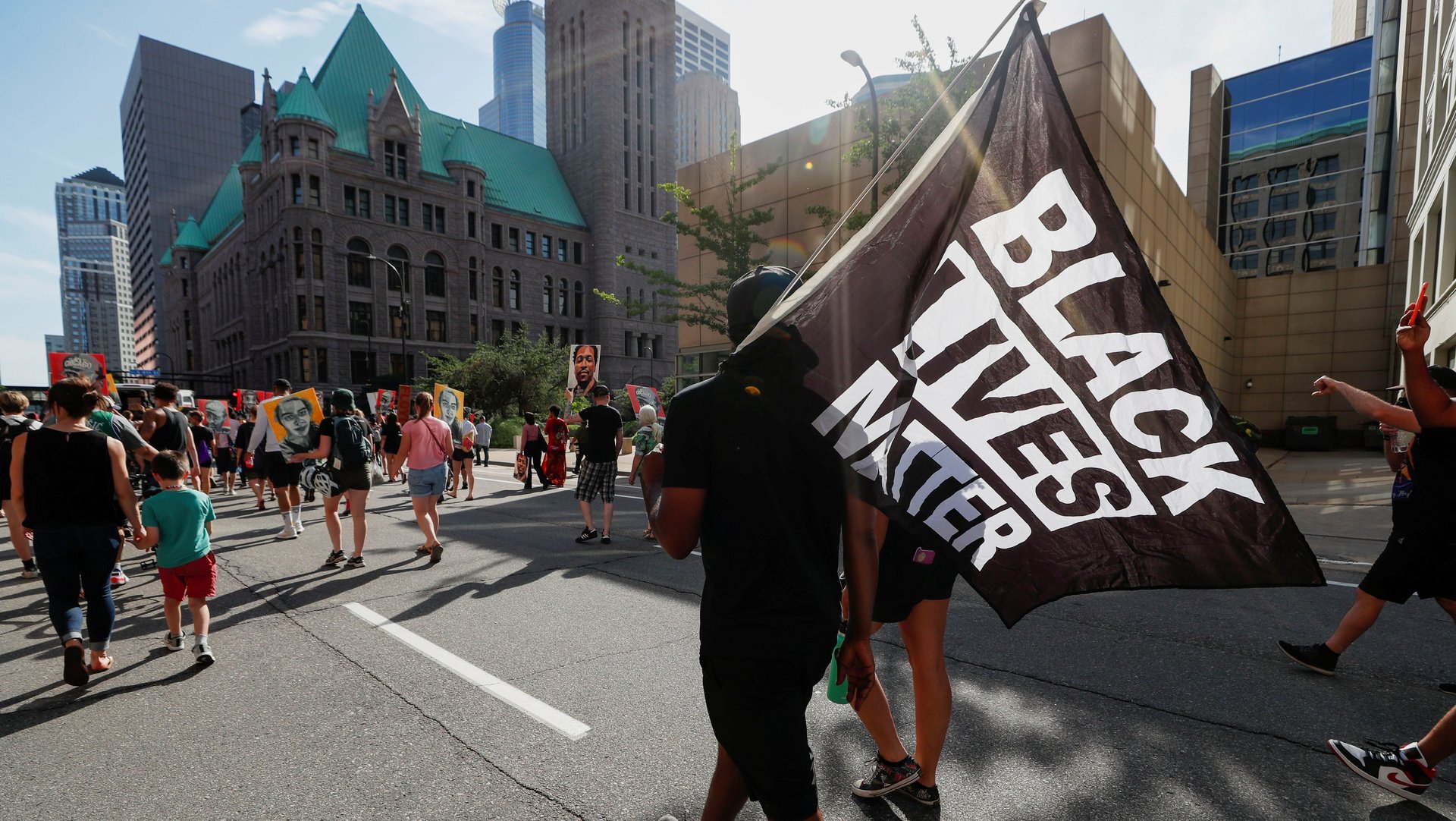Official US data on police violence missed half the killings of the past 40 years
The US police killed 13,700 people between 1980 and 2019 (the latest year for which data is available), according to government data. But using third-party tracking and cross-checking misreported killings, a new study published today in The Lancet found an additional 17,100 people were killed by the police over the same period, bringing the total to 30,800.


The US police killed 13,700 people between 1980 and 2019 (the latest year for which data is available), according to government data. But using third-party tracking and cross-checking misreported killings, a new study published today in The Lancet found an additional 17,100 people were killed by the police over the same period, bringing the total to 30,800.
This means that more than 55% of all police killings were either misclassified or overlooked in the past four decades.
Why official data misses police killings
Government data on police killings are kept by the National Vital Statistics System (NVSS), part of the National Center for Health Statistics, which collects mortality data from death certificates. Previous research has found systemic under-reporting of police killings in death certificates because whoever fills the certificate (they can be trained physicians or coroners, but also sheriffs or even morticians when no other personnel is available) might not compile it correctly, or miss some key fields. For instance, if the answer to the question “describe how the injury occurred” does not explicitly mention police involvement, the death won’t be counted as a police killing.
Death certificates might be filled incorrectly for a number of reasons, from alack of training to a conflict of interest of the coroner. Further, there is often no cross-checking of the certificates once they have been completed, something that has caused severe data shortages in other areas of public health as well, such as maternal mortality.
The study authors, led by Fablina Sharara, a researcher at the University of Washington School of Medicine, said in an email to Quartz that there are ways to remedy the causes of undercounting. For instance, conflicts of interest could be reduced if police departments and medical examiners and coroners weren’t so interdependent in their jobs. Further, coroners typically aren’t trained physicians, and they could be better trained both in identifying the cause of death and in reporting it correctly.
To determine a more accurate count of police killings, the paper’s authors selected three non-governmental data sets among several available. The first, Fatal Encounters, is compiled by Brian Burghart, a journalist and researcher at the University of Southern California, who tracks police killing using public records as well as verifying independent user submissions. The second, Mapping Police Violence, is led by data analyst Samuel Sinyangwe, who collects data on reported police killings across the US. Finally, the authors used data from The Guardian’s initiative The Counted, which monitored police killings across all states in 2015 and 2016.
Combining official and open-source data is a methodology that has been proposed and validated by the Bureau of Justice Statistics for other data collection, and has been shown to produce more accurate estimates. The authors hope the results of their paper might push the NVSS to adopt a hybrid method, too.
Unequal classification of police killings
The misreporting of police killings isn’t equal across the board. Although killings of every ethnicity were underreported, Black victims of police killings were the least reported in the official data set. Overall, between 1980 and 2019, 5,670 out of 9,540 total deaths of non-Hispanic Black deaths by the police were missing from the count, or 59% of the total.
Once the data was corrected, the researchers found significant inequalities according to gender and race. Men were many times more likely to be killed by the police than women. Between 1980 and 2019, 30,600 men were killed by police, compared to 1,420 women. Black people were 3.5 times more likely to be killed by the police than white people.
In 2019, 1140 males died from police violence—more than from environmental causes (993), Hodgkin lymphoma (835), testicular cancer (486), appendicitis (373), or sexually transmitted diseases (37).
Some states were better at data collection than others, too. Oklahoma, the worst state for police killing accounting, miscounted 84% of all police killings. Maryland, the best, misclassified 16% police killings.
Oklahoma and the District of Columbia were the states with the highest rates of police killings in the country, with 1.2 and 0.7 deaths per 100,000 people.
“We believe that this knowledge is vital to informing policy change to prevent police violence and improve reporting, and hope that the revised estimates of police violence presented our study will be used as a jumping-off point for further investigation and policy change in these areas,” the authors said.